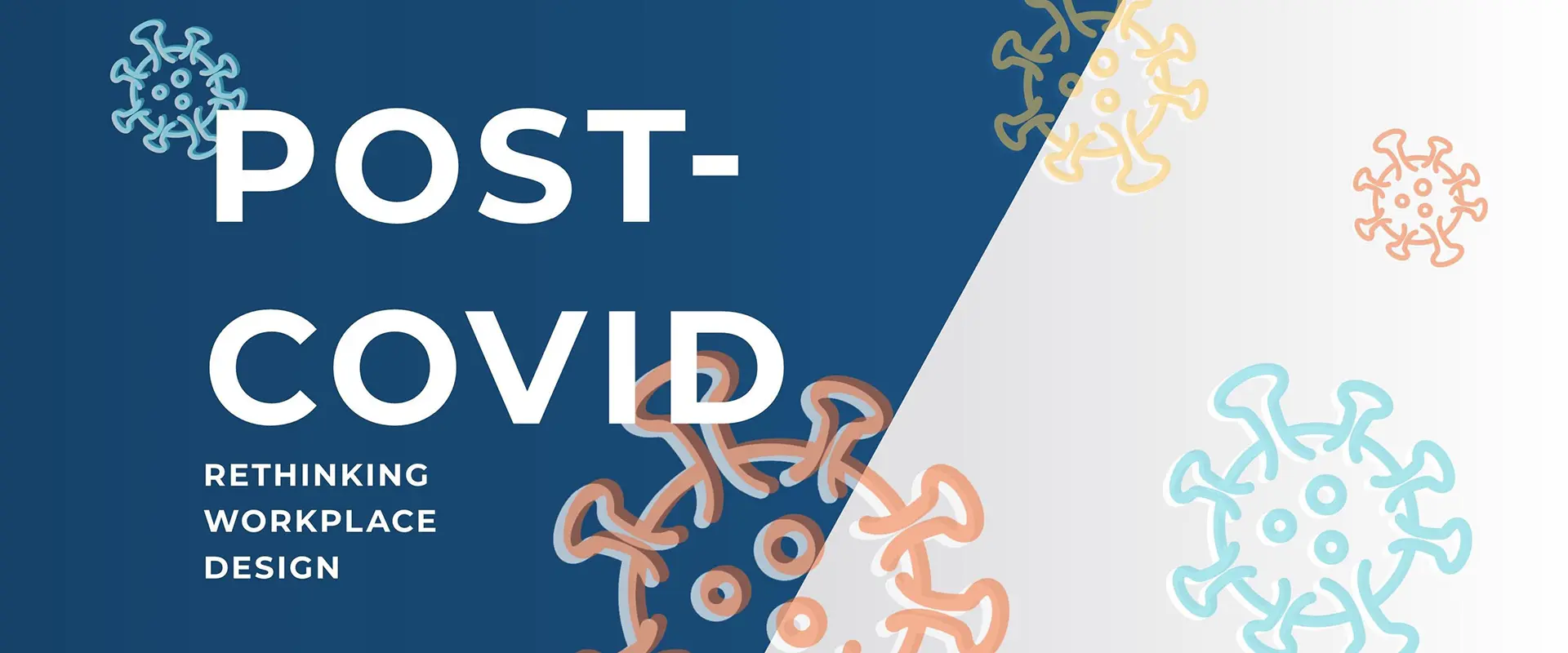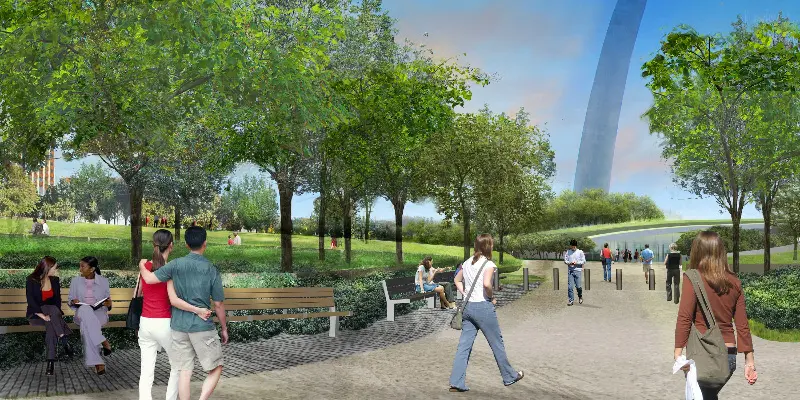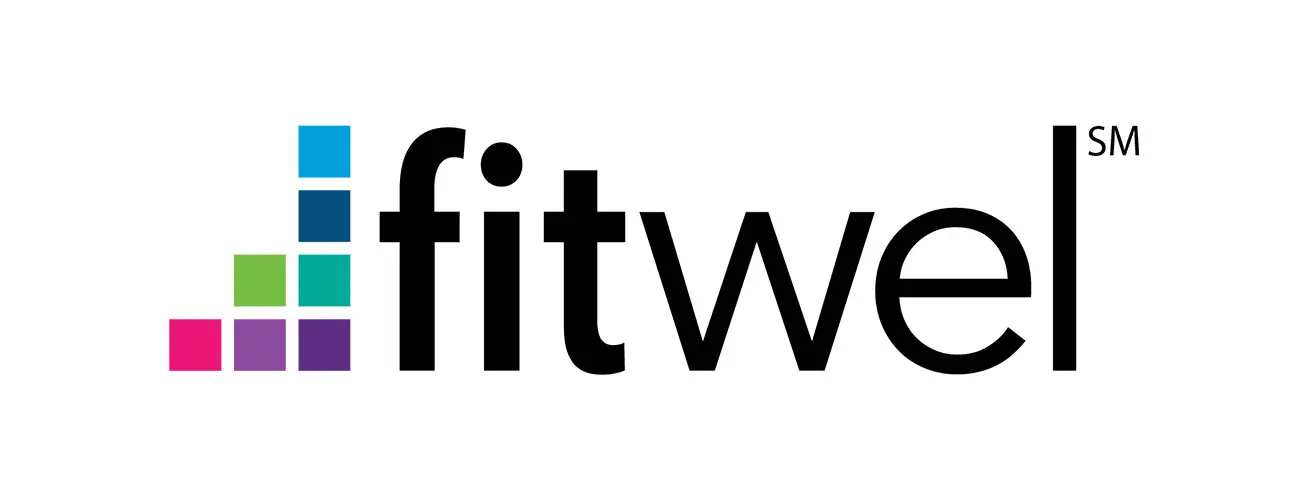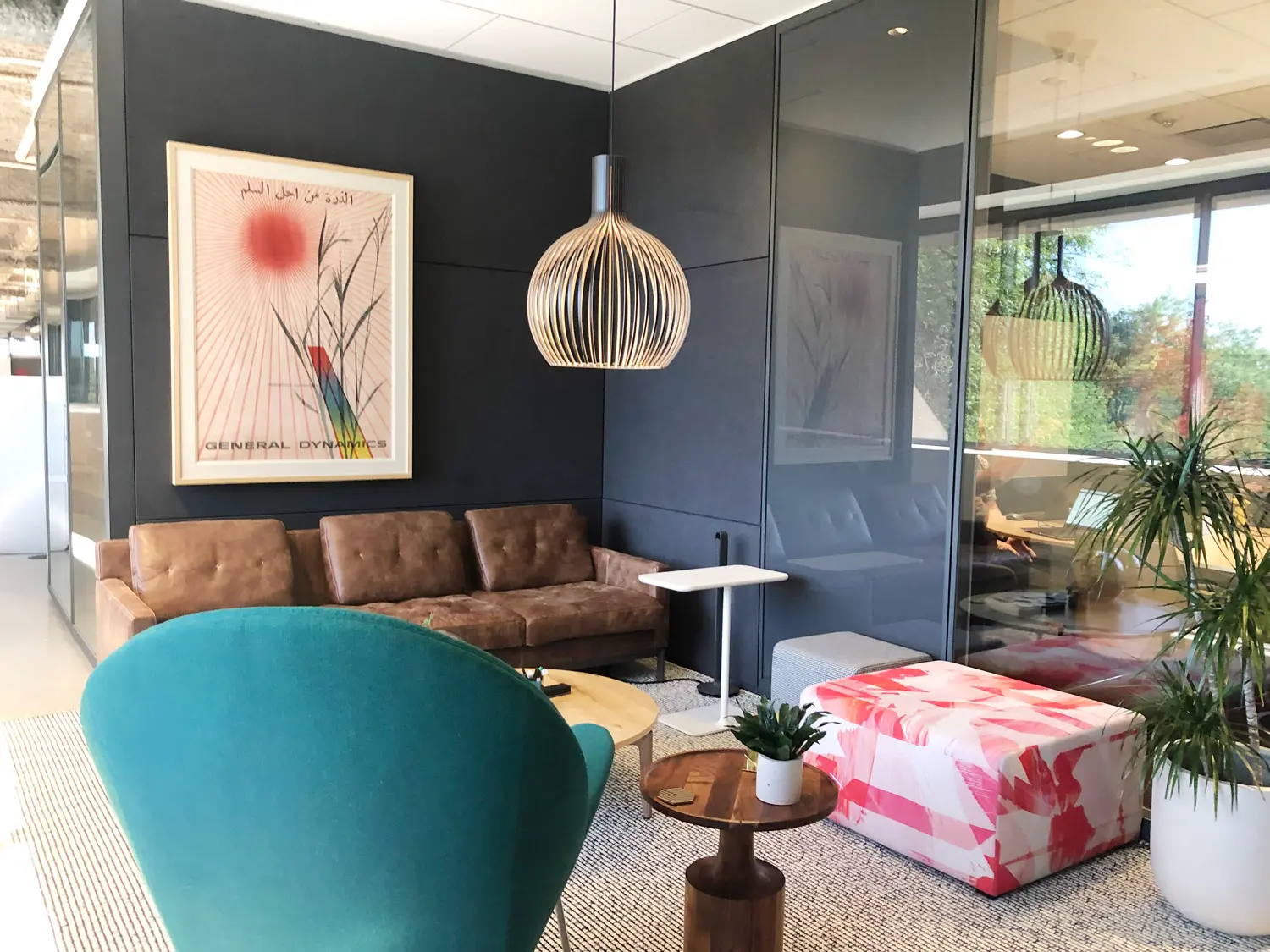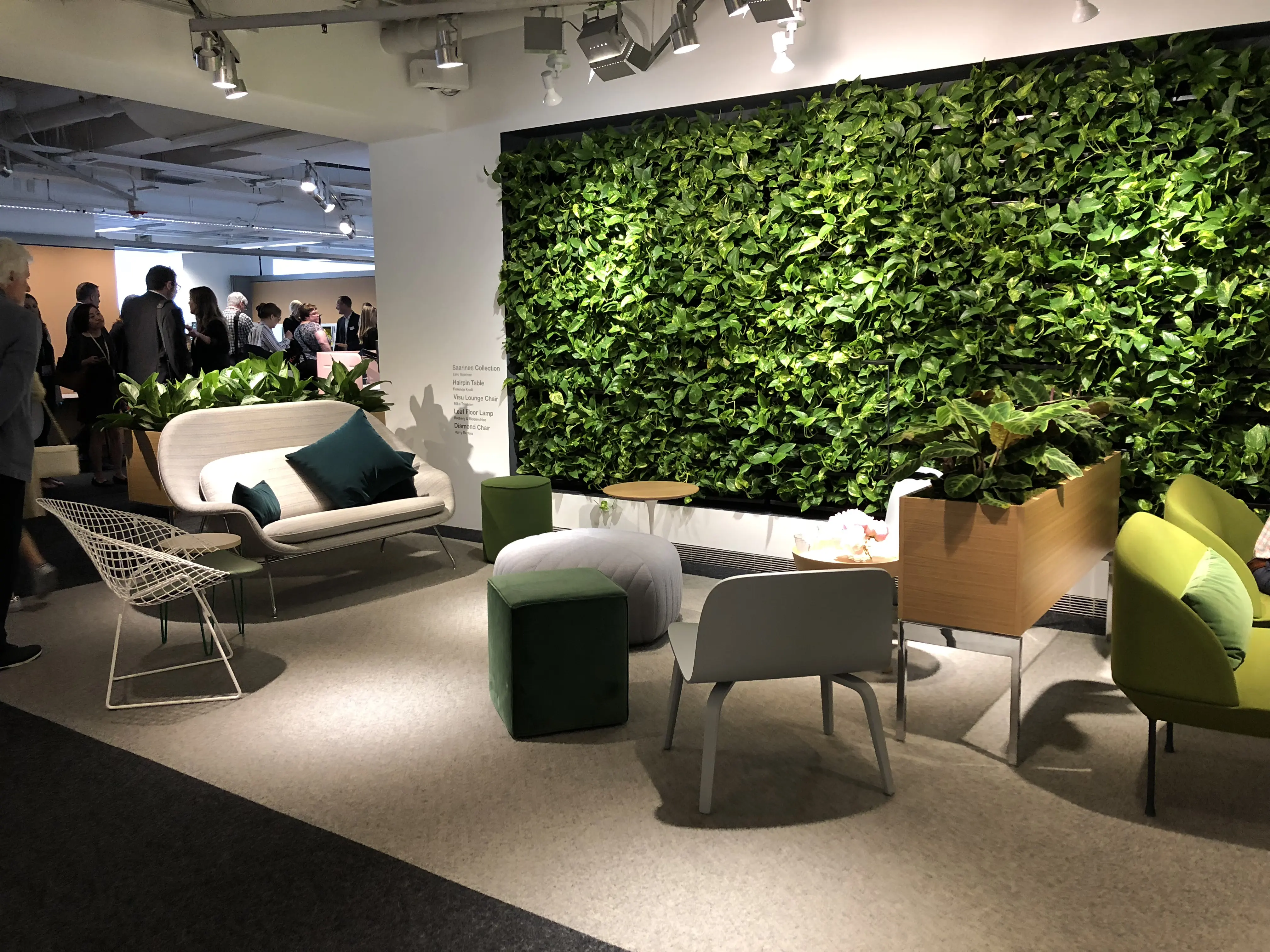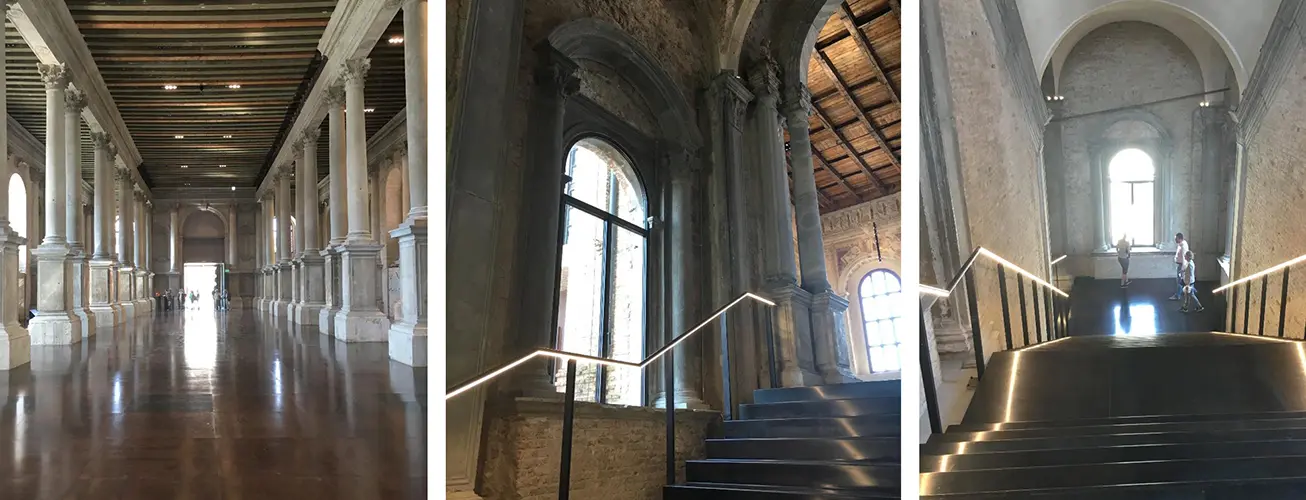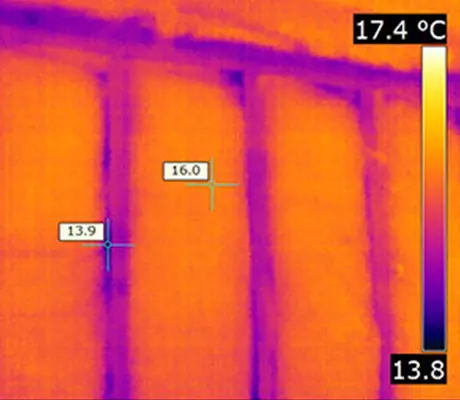Written By: Codi Holtgrave | September 21, 2017Nature holds the key to our aesthetic, intellectual, cognitive and even spiritual satisfaction. – E.O. Wilson. Biophilia: noun bio·phil·ia. So, what is it? Biophilia is defined as the inherent human inclination to affiliate with nature. More generally, this refers to our innate connection to nature and its process to improve our health and well-being through the spaces we live and work. Often, we find ourselves gravitating toward displays of nature, whether it be ogling a desktop background mountainscape, eating lunch on the outdoor patio with a view of the park, or reading Henry David Thoreau’s Walden while backed-up to a tree. Biophilic design attempts to invoke biophilia in the built environment by incorporating ecological trademarks such as natural lighting and live vegetation. There is evidence all around us of the benefits that biophilic design has to offer. These benefits are experienced through our health, sustainability, and economics. A few examples of the perceived benefits are: higher levels of well-being, increased productivity, decreased absenteeism, reduced stress, improved creativity, stronger connections among coworkers, and improved employee engagement. You might ask, what does biophilic design actually look like?
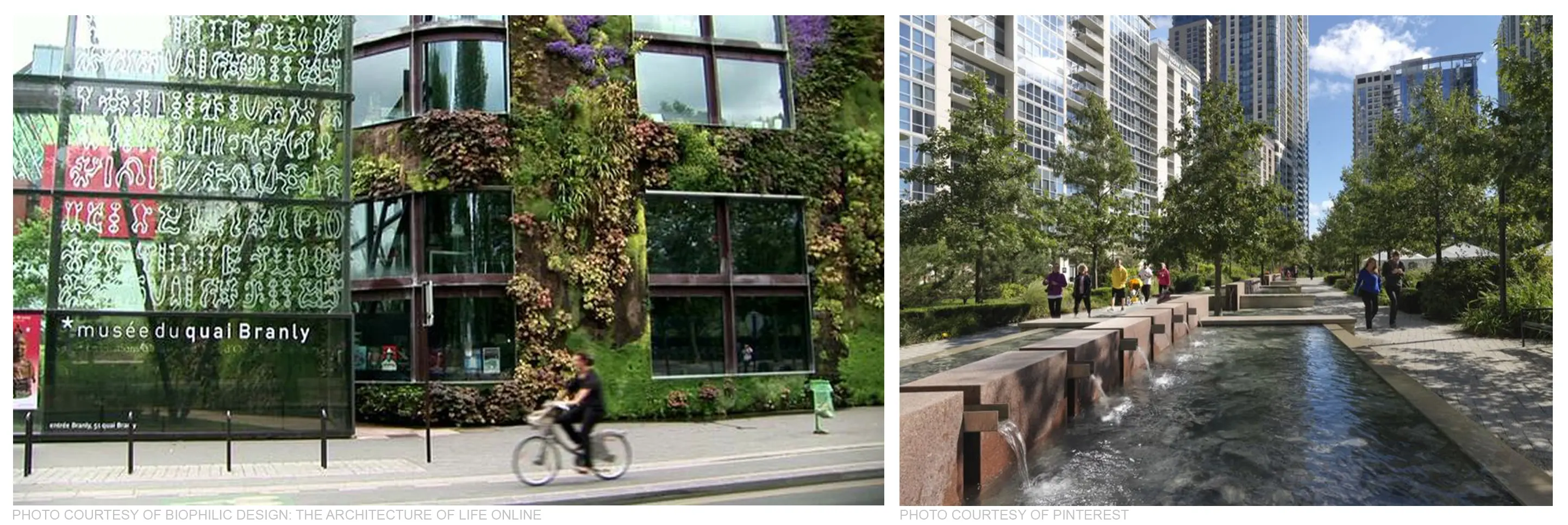
In architecture, living walls and water features!

In interior design, natural light brings the outside in!
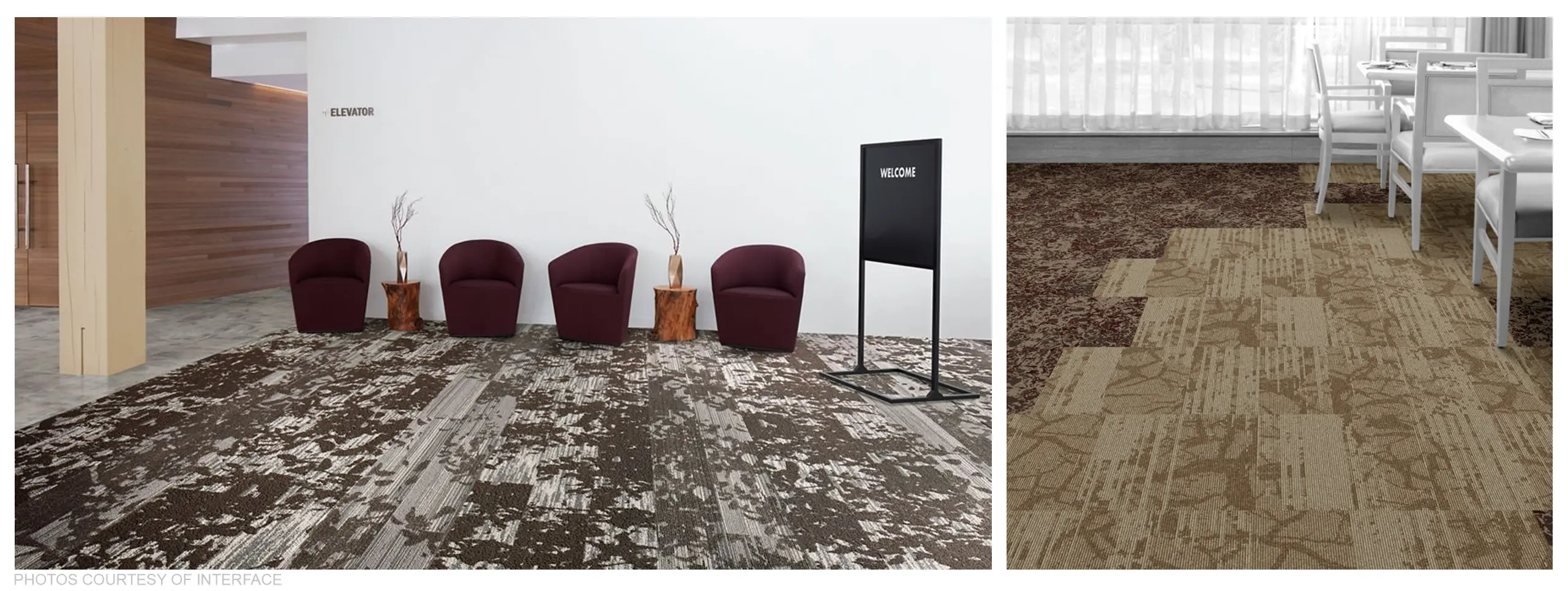
In textiles and materials, patterns mimic designs seen in nature.As you move throughout your day-to-day, take a moment and see if you can find biophilic design around you!
